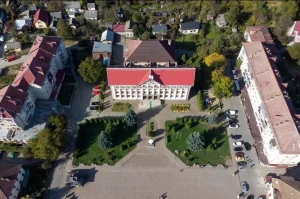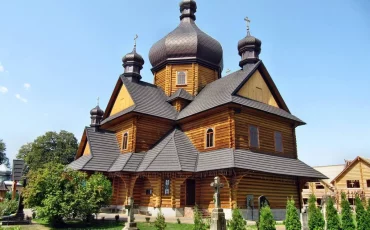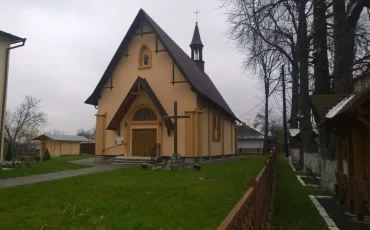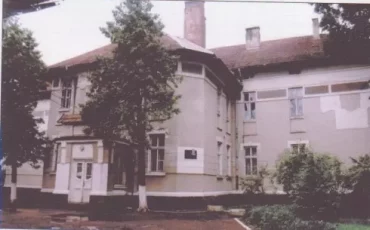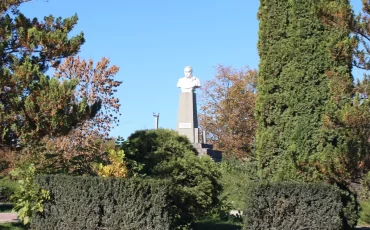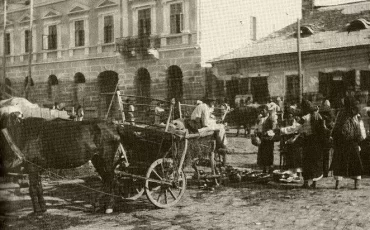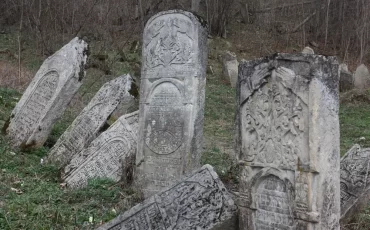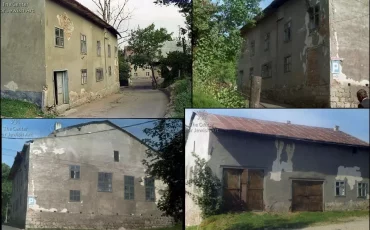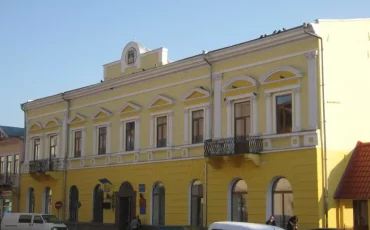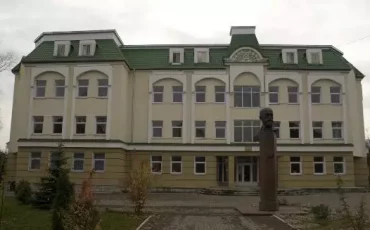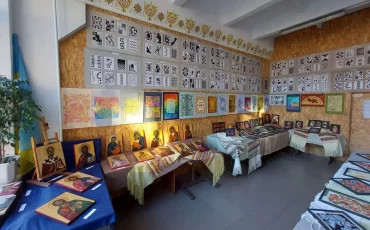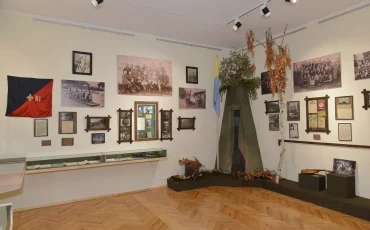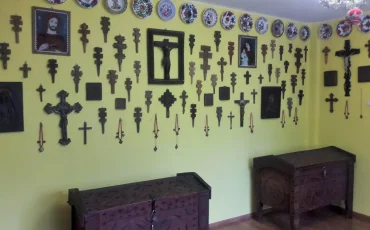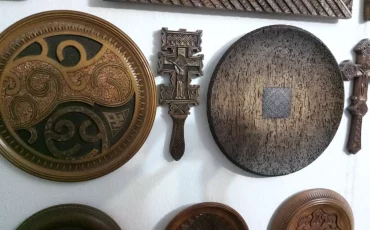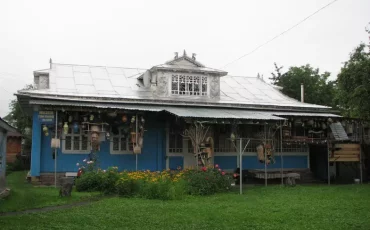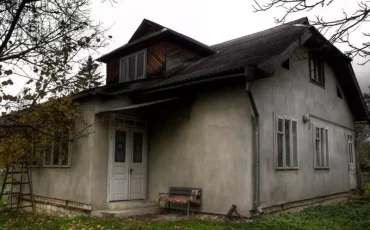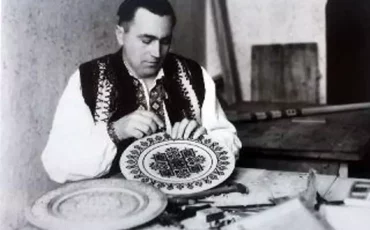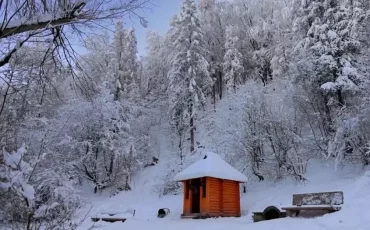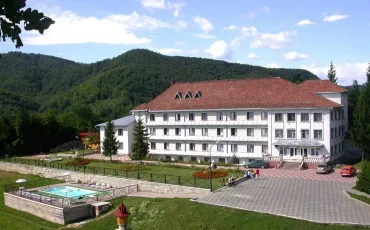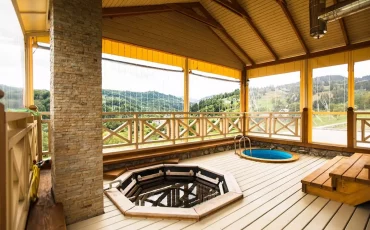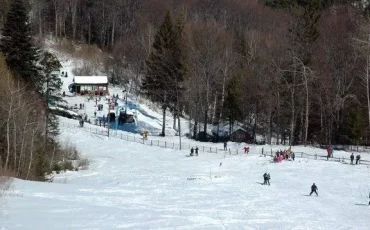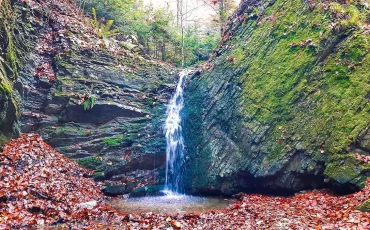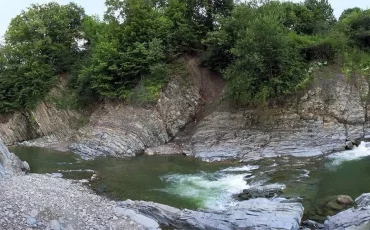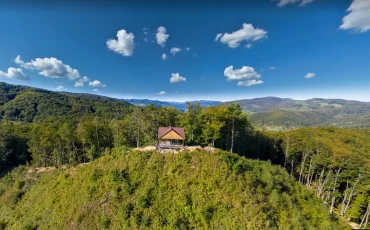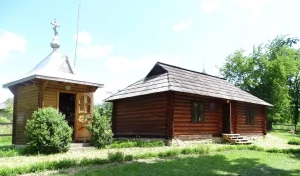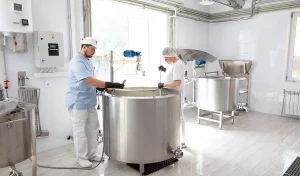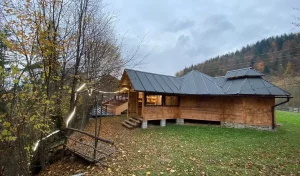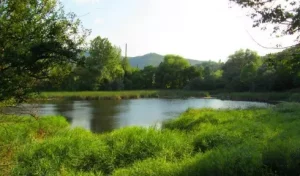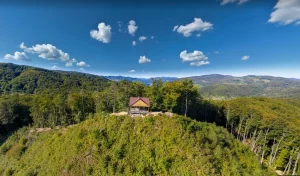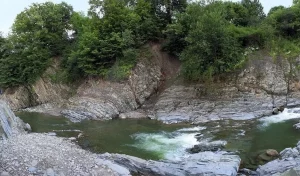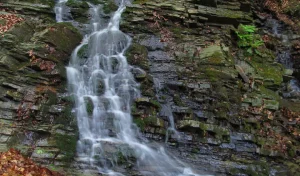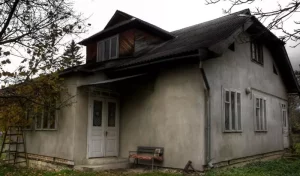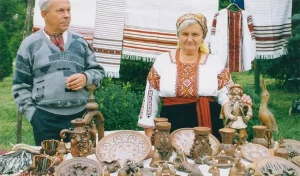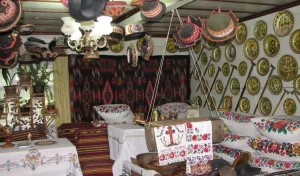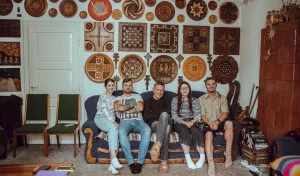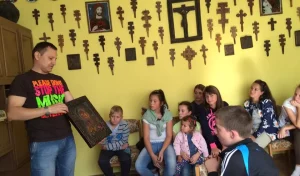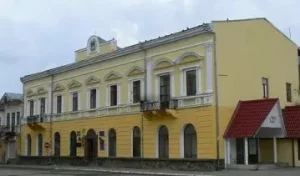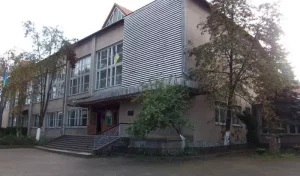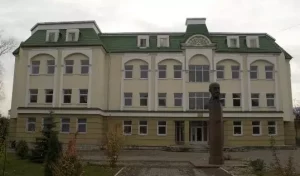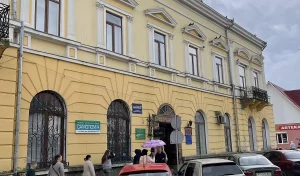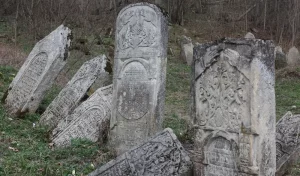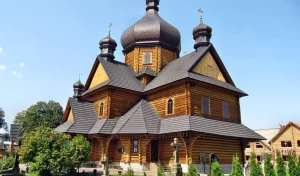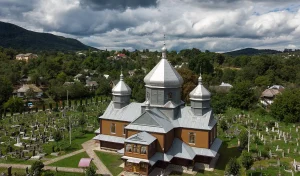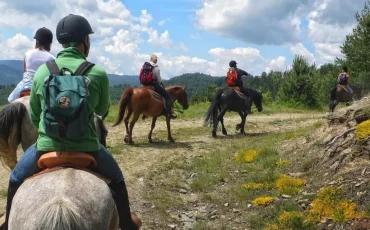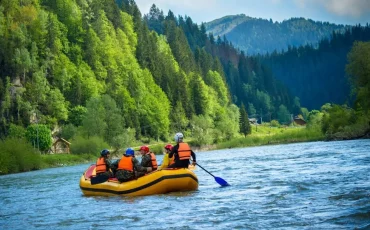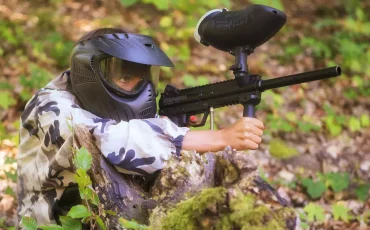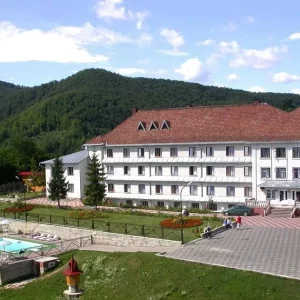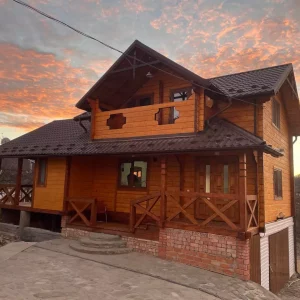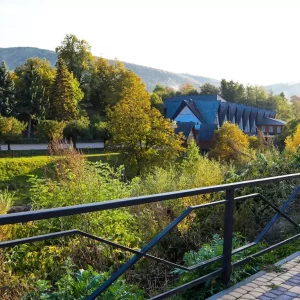The first written mention of Kosiv is contained in the charter of the Grand Duke Svydryhailo of Lithuania dated 1424. It was then that his faithful servant Vlad Dragosynovych Maksymov received the village of Kosiv as a gift from the Lithuanian prince. In 1569, Kosiv became part of the Polish state, the Polish-Lithuanian Commonwealth.
In the 1560s, the town of Rykiv was founded next to it. However, as a result of the nobility strife, this town was completely destroyed. After the town was rebuilt, it was called Kosiv, and the village of Kosiv was renamed Staryi Kosiv. The first documentary mention of the town of Kosiv dates back to 1579.
The city of Kosiv was actively developing thanks to salt production. In the Middle Ages, salt was a very valuable and expensive commodity, for which it was even called white gold. Salt in Kosiv was produced by boiling salt water from local springs, which the Hutsuls called brine. The salt industry required a large number of labourers, which led to a rapid growth of the town’s population. The Polish authorities encouraged a large number of Jews to move to Kosiv, who were actively involved in trade, renting, and tax collection. The wealthy Jews of Kosiv and the local Polish nobility were repeatedly attacked by local folk rebels, the opryshky.
The history of the town of Kosiv was extremely turbulent and full of many different wars. In 1621, the town of Kosiv was destroyed by Turkish troops, and in 1624 it was destroyed by the Budzhak Tatars. It was then that the Kosiv Castle was destroyed.
In 1772, after the First Partition of the Polish-Lithuanian Commonwealth, Kosiv became part of the Austrian Empire. Since then, the life of the town has been calm and orderly for a long period of time. It was at this time that, in addition to the salt industry, Kosiv began to actively develop as a centre for the development of carving, embroidery, carpet weaving and especially ceramics. At the end of the 19th century, the resort industry began to develop in the city. At the same time, the Ukrainian national movement began to develop in the town. Mykhailo Pavlyk, a native of Kosiv, became one of the co-founders of the Ukrainian Radical Party.
During the First World War, Kosiv was twice occupied by the Russian army. At that time, numerous pogroms and lootings took place in the city with the participation of Russian soldiers.
From November 1918 to May 1919, Kosiv was part of the Western Ukrainian People’s Republic. However, the Ukrainian liberation struggle was defeated at that time, and Kosiv was first occupied by Romanian troops, and from August 1919 to September 1939, the town was part of interwar Poland. At that time, artistic crafts continued to develop actively, and Kosiv itself became an extremely popular tourist centre with a large network of boarding houses. The development of salt production slowed down in the interwar period, and in 1938 the saltworks were closed. The town itself expanded significantly. In 1929, part of the villages of Staryi Kosiv and Verbovets were annexed to it, and in 1934, Kosiv absorbed the village of Moskalivka. In 1937, for a short period of time, the name of the city was changed to Kosiv Hutsulskyi. Later, the town was given its old name – Kosiv.
During the Second World War (1939-1945), Kosiv experienced terrible shocks. At first, the inhabitants of Kosiv were subjected to terrible terror by the Soviet authorities. And after the arrival of the German authorities in 1941, the systematic destruction of the Jewish population began. The city’s large Jewish community was almost completely destroyed. The city of Kosiv became one of the centres of the OUN-UPA’s struggle for independent Ukraine. They fought both the Nazis and the Soviet government after it returned to the city.
In the Soviet period of history, Kosiv paid more attention to the development of folk art crafts, while the development of the tourism industry was slowed down. In Soviet times, the town’s population continued to grow, and Kosiv became a district centre.
After 1991, the town experienced a real boom in the development of both folk crafts and the tourism industry. Today, Kosiv claims to be the cultural and tourist centre of the Hutsul region.
